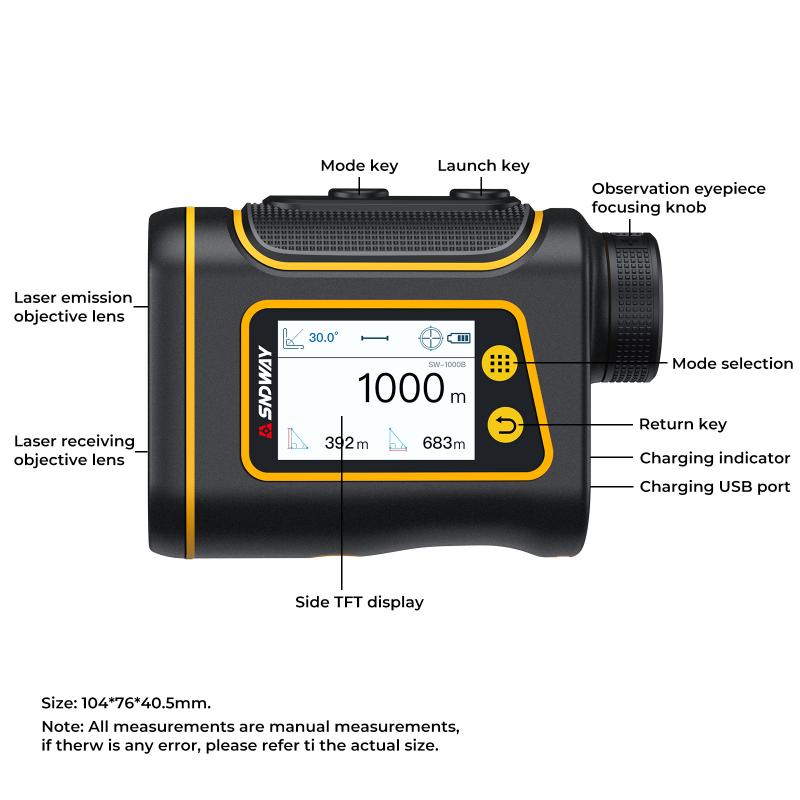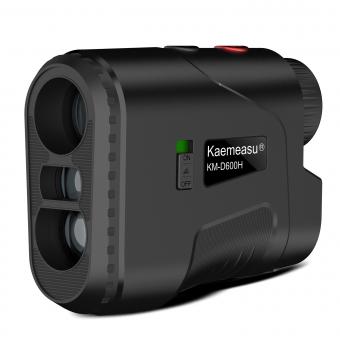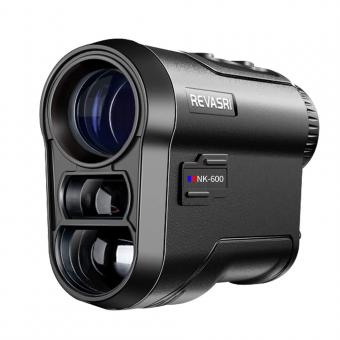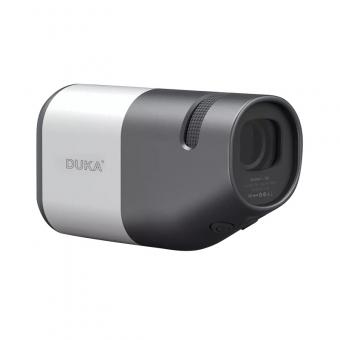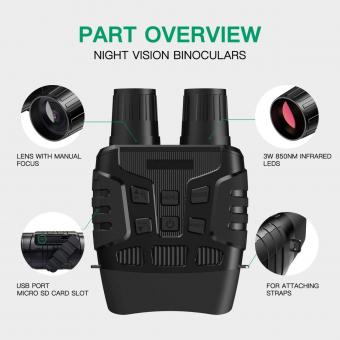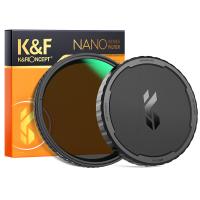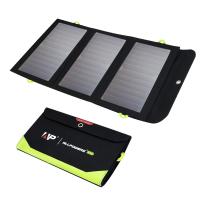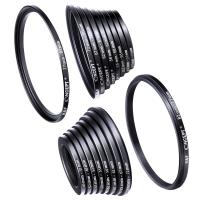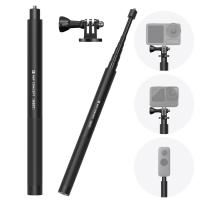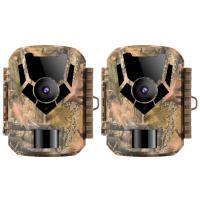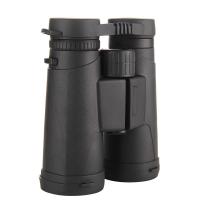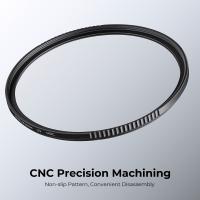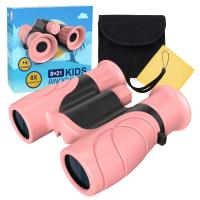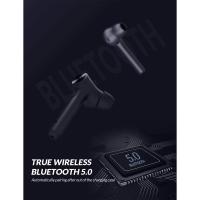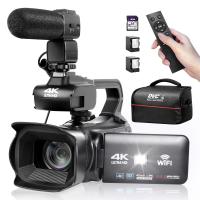How Does A Rangefinder Work ?
A rangefinder is a device used to measure the distance between the observer and a target. It typically works by emitting a laser beam or sound wave towards the target and measuring the time it takes for the beam or wave to bounce back. By knowing the speed of the beam or wave, the rangefinder can calculate the distance based on the time it takes for the signal to return. Some rangefinders also use other methods such as triangulation or phase shift to determine distance. Overall, rangefinders are commonly used in various fields such as surveying, hunting, and photography to accurately measure distances.
1、 Optical principles of rangefinder technology
A rangefinder is a device used to measure the distance between the observer and a target. It operates on the principles of optical technology, specifically using the concept of parallax.
A typical rangefinder consists of two lenses, one for the observer's eye and another for focusing on the target. When the observer looks through the rangefinder, they see two images of the target, one in each lens. These images appear slightly displaced from each other due to the distance between the lenses.
To measure the distance, the observer adjusts the focus until the two images align perfectly. This alignment is achieved by moving a focusing mechanism until the images merge into one. The distance between the observer and the target can then be determined by reading the measurement scale on the rangefinder.
The latest advancements in rangefinder technology have introduced laser rangefinders. These devices use a laser beam to measure the distance instead of relying on parallax. The laser rangefinder emits a laser pulse towards the target, and the time it takes for the pulse to bounce back to the device is measured. By knowing the speed of light, the device can calculate the distance accurately.
Laser rangefinders offer several advantages over traditional optical rangefinders. They provide faster and more precise measurements, even over long distances. Additionally, they can measure distances to objects that are not visible or easily accessible, such as targets in dense foliage or on uneven terrain.
In conclusion, rangefinders work based on the principles of optical technology, utilizing parallax or laser technology to measure distances accurately. The latest advancements in laser rangefinders have significantly improved their performance and expanded their applications.
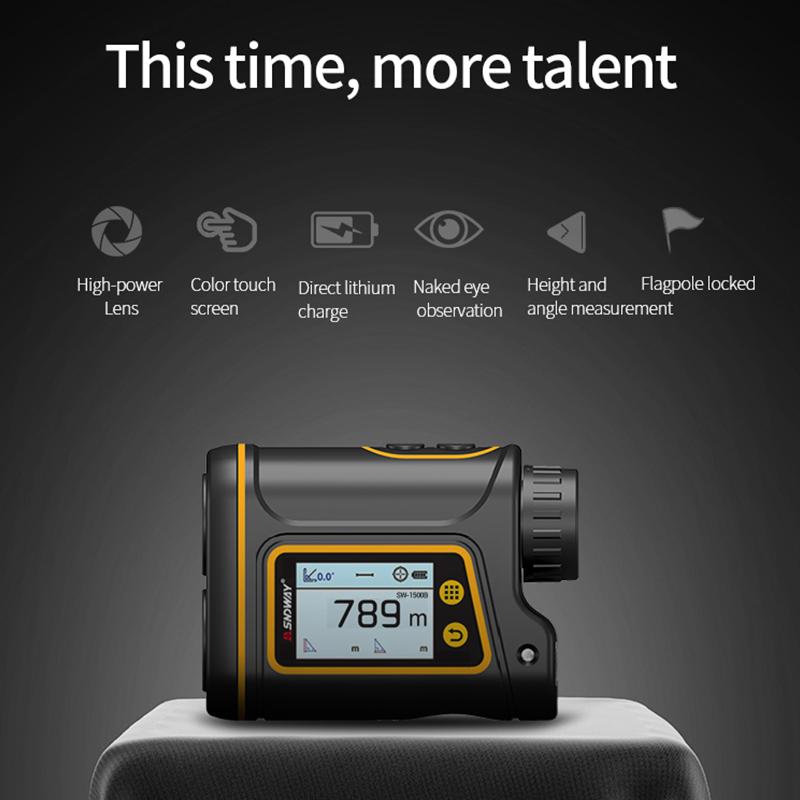
2、 Triangulation method in rangefinder devices
A rangefinder is a device used to measure the distance between the observer and a target. One common method used in rangefinders is the triangulation method. Triangulation involves using the principles of geometry to calculate distances.
In a rangefinder, a laser beam or an infrared light is emitted towards the target. The beam reflects off the target and returns to the rangefinder. The device measures the time it takes for the beam to travel to the target and back. By knowing the speed of light, the rangefinder can calculate the distance based on the time it took for the beam to make the round trip.
The triangulation method works by using two sensors or receivers in the rangefinder. These sensors are placed a known distance apart from each other. When the beam returns, it hits both sensors at slightly different times. By measuring the time difference between the two sensor readings, the rangefinder can determine the angle at which the beam was reflected off the target.
Using this angle and the known distance between the sensors, the rangefinder can then calculate the distance to the target using trigonometry. By repeating this process multiple times, the rangefinder can provide accurate distance measurements.
The triangulation method in rangefinder devices has been widely used for many years and has proven to be effective in various applications such as surveying, hunting, and golfing. However, it is worth noting that with advancements in technology, newer rangefinders now incorporate additional features such as digital displays, GPS capabilities, and image stabilization, which enhance their accuracy and usability.
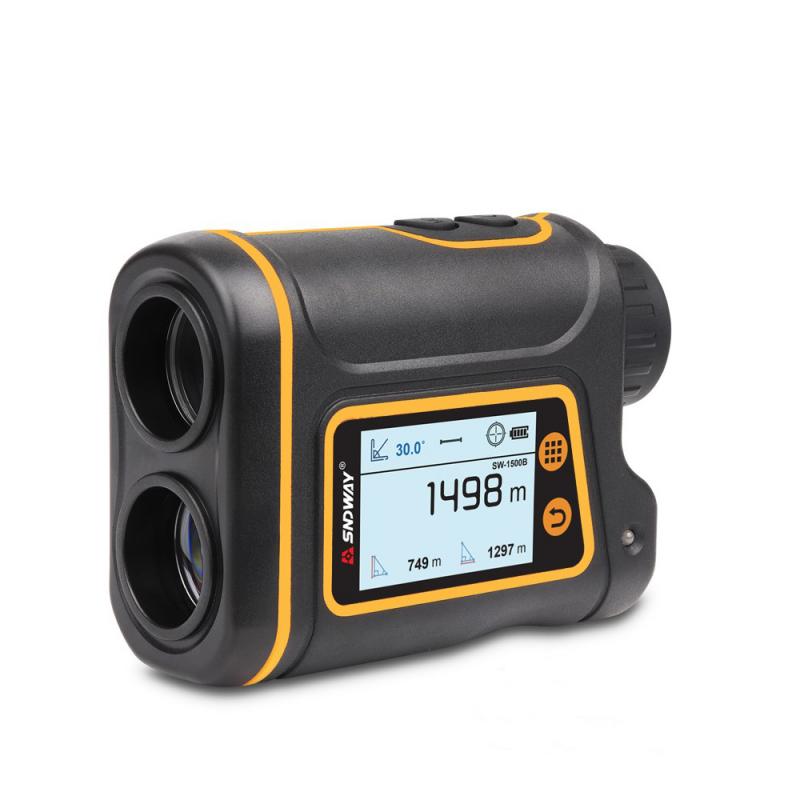
3、 Laser rangefinders: measuring distance with laser technology
Laser rangefinders are devices that use laser technology to accurately measure distances. They are commonly used in various fields such as surveying, hunting, golfing, and military applications. The basic principle behind a laser rangefinder is the measurement of the time it takes for a laser beam to travel to a target and back.
When a laser rangefinder is activated, it emits a narrow beam of laser light towards the target. This laser beam is then reflected off the target and returns to the rangefinder. The rangefinder measures the time it takes for the laser beam to make this round trip, using a high-speed clock or timer.
By knowing the speed of light, which is constant, and the time it took for the laser beam to travel, the rangefinder can calculate the distance to the target. The formula used is distance = (speed of light x time) / 2.
Modern laser rangefinders are equipped with advanced technology that allows for precise measurements. They often have built-in sensors that can detect the intensity of the returning laser beam, which helps to compensate for factors such as atmospheric conditions or target reflectivity. Some rangefinders also incorporate digital signal processing algorithms to filter out any noise or interference, ensuring accurate distance measurements.
In recent years, there have been advancements in laser rangefinder technology. For example, some rangefinders now feature multiple laser beams that can be fired simultaneously, allowing for faster and more accurate measurements. Additionally, there are rangefinders that utilize digital imaging technology to provide a visual representation of the target, making it easier for users to identify and measure distances to specific objects within a scene.
Overall, laser rangefinders have become essential tools for many applications that require precise distance measurements. Their ability to quickly and accurately determine distances has made them invaluable in various industries, and ongoing advancements continue to enhance their capabilities.
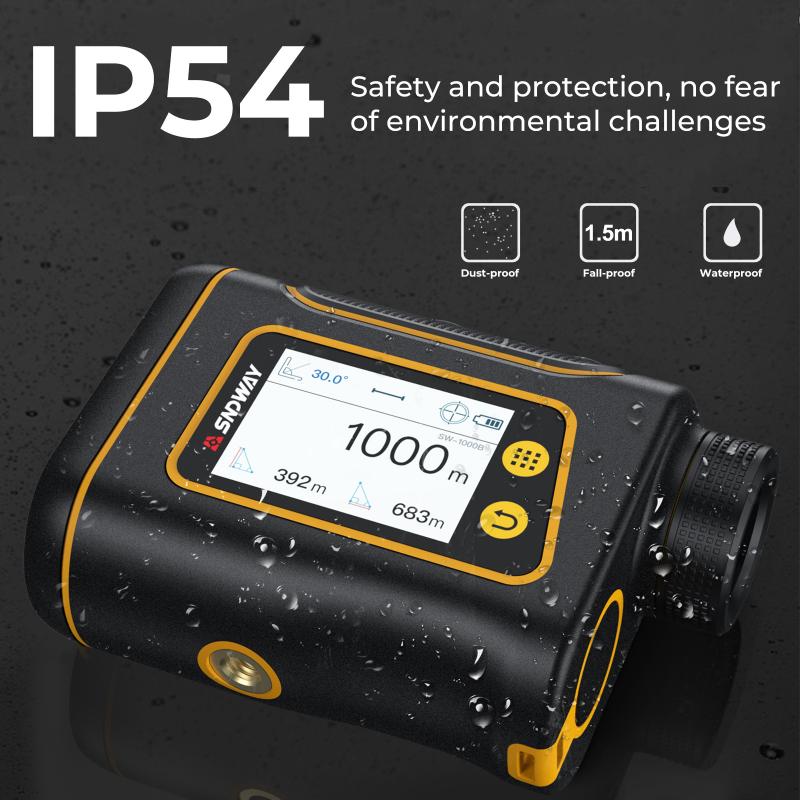
4、 Ultrasonic rangefinders: using sound waves for distance measurement
Ultrasonic rangefinders work by using sound waves for distance measurement. These devices emit high-frequency sound waves and then measure the time it takes for the sound waves to bounce back after hitting an object. By calculating the time it takes for the sound waves to travel to the object and back, the rangefinder can determine the distance between the device and the object.
The rangefinder consists of a transmitter and a receiver. The transmitter emits a short burst of ultrasonic sound waves, typically in the range of 20,000 to 200,000 hertz. These sound waves travel through the air until they encounter an object. When the sound waves hit the object, they bounce back and are detected by the receiver.
The receiver then measures the time it takes for the sound waves to return. Since the speed of sound is known, the rangefinder can calculate the distance by multiplying the time it took for the sound waves to travel by the speed of sound and dividing it by two (since the sound waves have to travel to the object and back).
Ultrasonic rangefinders are commonly used in various applications, such as robotics, distance measurement in construction, and automotive parking sensors. They are relatively inexpensive and provide accurate distance measurements.
In recent years, there have been advancements in ultrasonic rangefinder technology. Some rangefinders now use multiple transmitters and receivers to improve accuracy and reduce errors caused by sound wave interference. Additionally, there have been developments in signal processing algorithms to enhance the performance of ultrasonic rangefinders in noisy environments.
Overall, ultrasonic rangefinders continue to be a reliable and widely used technology for distance measurement, offering a cost-effective solution for many applications.
